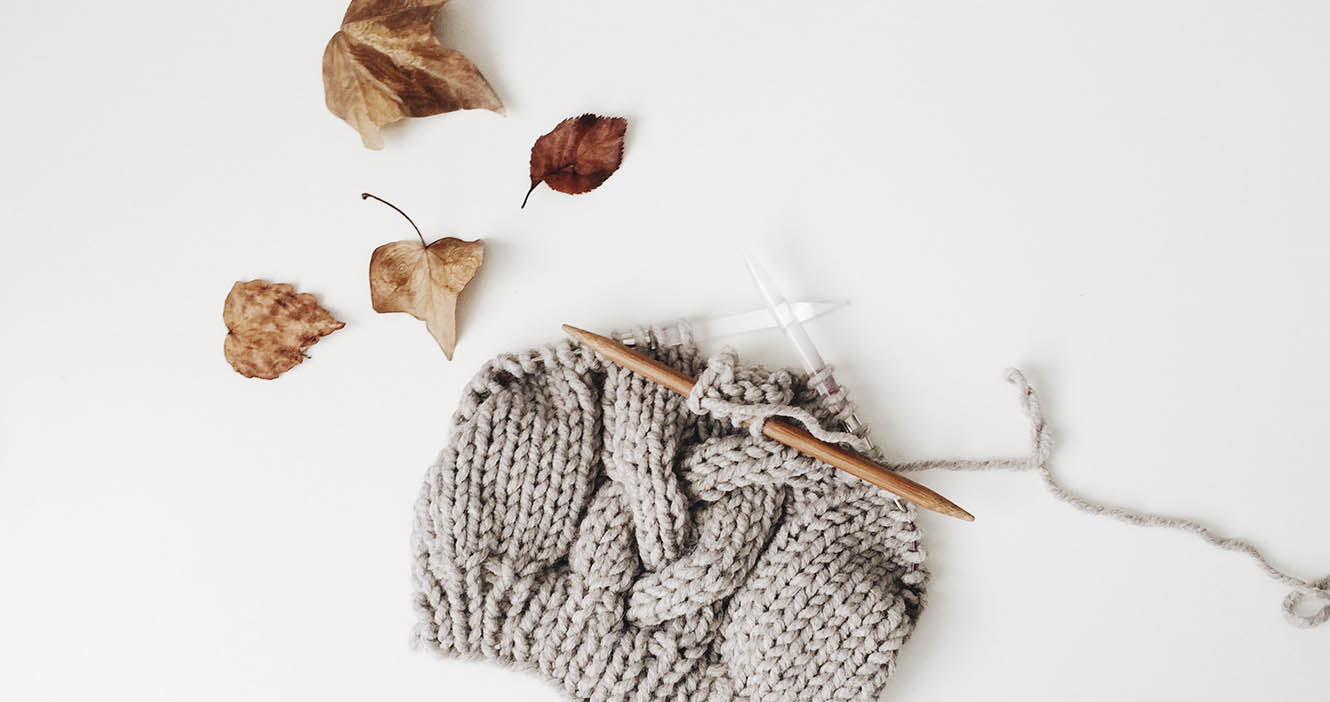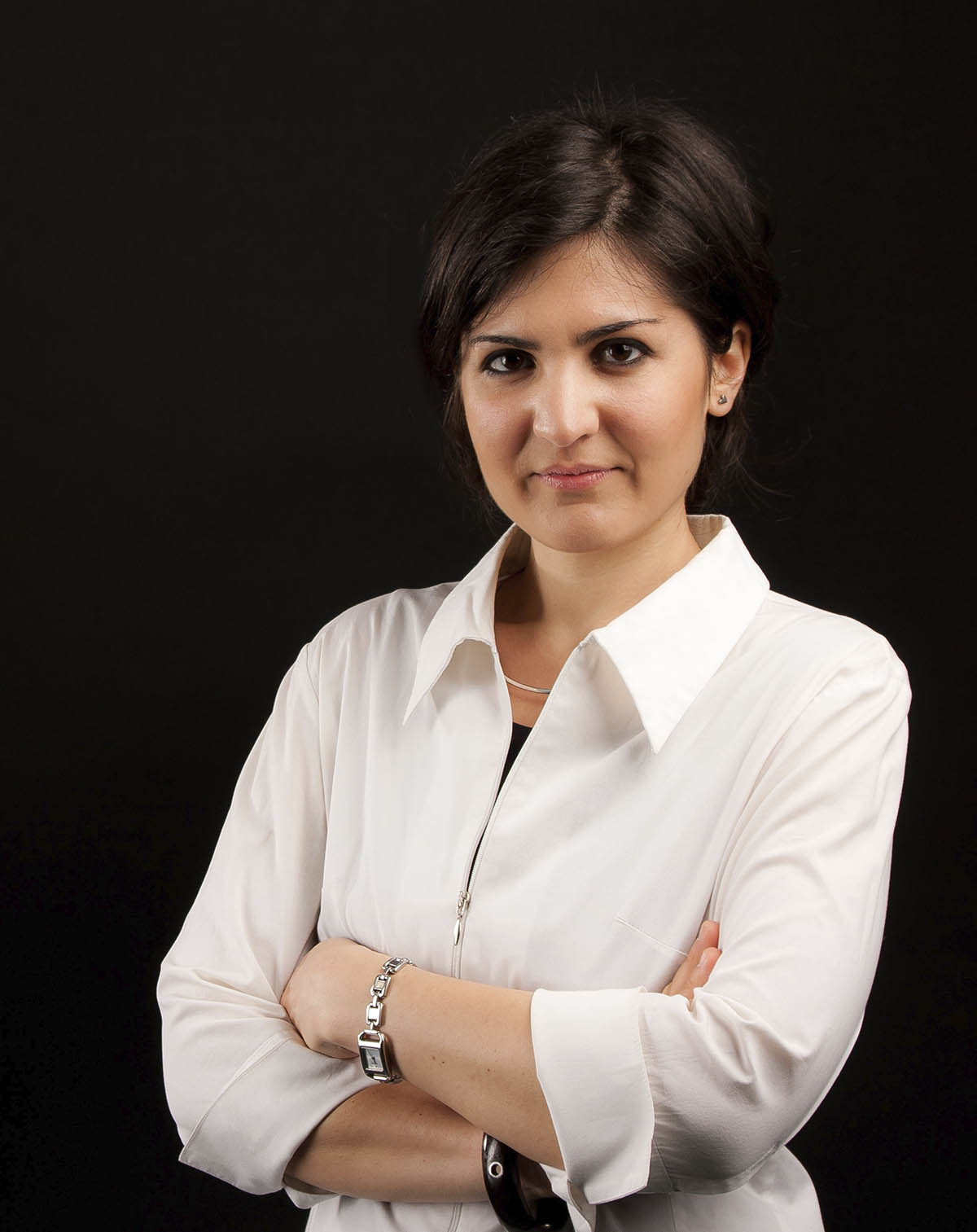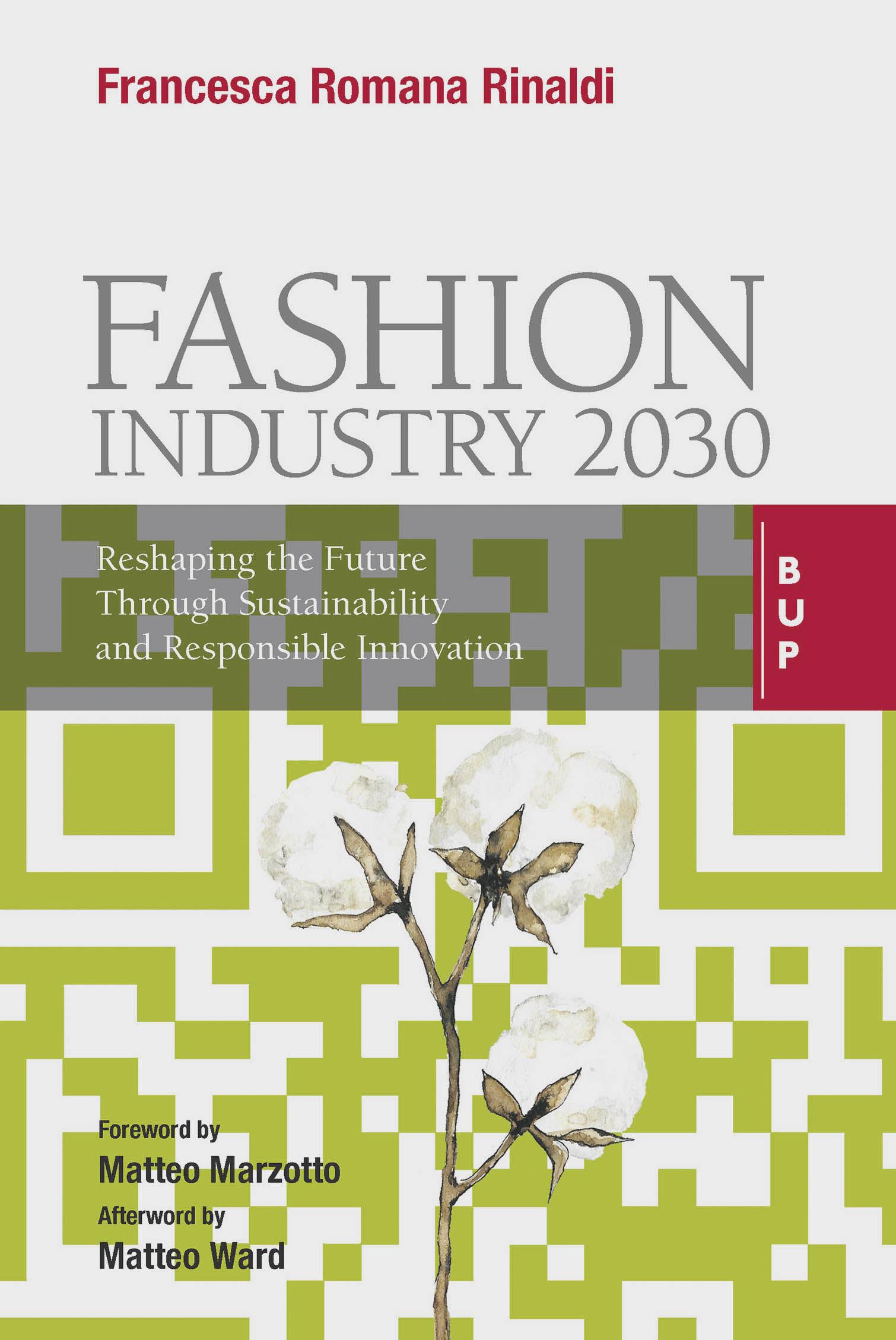
The Future of Fashion | Interview with Francesca Romana Ronaldi
What does the future of fashion look like? Will sustainability be the norm or still the alternative in 2030? What needs to happen so that we can make fashion sustainable within the next 10 years?
The future raises many questions. We’ve met with someone who knows the answers. At least she has a lot of ideas. Francesca Romana Ronaldi is UN expert on sustainable fashion and the Director of the Master in “Fashion Direction: Brand & Business Management” at Milano Fashion Institute. She has been researching and teaching in the field of sustainable fashion for 10 years.
Today Rinaldi has published her second book, which is all about the future of fashion: “Fashion Industry 2030. Reshaping the future through sustainability and responsible innovation” analyses the changes that fashion companies are required to manage to solve their sustainability problem and gives suggestions for a successful implementation.

Francesca, let’s imagine it’s 2030. How do we buy fashion today?
In 2030 sustainability is the new standard. It is much more natural and easier to buy or borrow sustainable fashion. More and more people are interested in sustainability and are actively calling for it. Accordingly, customers have more choice and not only with niche providers or in special sustainability sections of online shops. Rather, many new dealers have emerged that are 100% focused on sustainability and also the mass market is more committed to the topic.
I believe that in 2030 almost all clothing will be at least partially sustainable. Clothes will have labels that tell the customer more about the product and its sustainability quotient: Where does it come from? What materials is it made of? Who made it?
These are great prospects for consumers. It will certainly make shopping for sustainable clothing a lot easier. What must fashion companies do to offer customers this new standard in the future?
It is essential for fashion companies to integrate ethics, aesthetics and responsible innovation – in all activities of the value chain. They have to be willing to renew themselves and to make changes. These changes include efforts towards greater transparency and traceability, the implementation of circular economy principles and collaborative consumption. For example, fashion designers have to learn to design clothes in such a way that they can easily be broken down into their components and be reintroduced into the circular economy after use. Governments also play a crucial role in these changes. Even if companies want to change, without legal regulations, this only leads to a few best practices, but not to long-term change. Therefore, governments need to legislate and provide incentives that push companies to act more responsibly.
Let’s take a closer look at these big changes that companies are required make. You spoke of increased transparency and traceability. What does that mean exactly?
Fashion companies must be able to trace when, where and by whom their products were produced, transported, used and disposed of. This is not easy because supply chains in fashion are strongly segmented and globalized. But new technologies, particularly blockchain and artificial intelligence, are enablers that can help companies better understand their supply chains. They help them read data and make better predictions. For example, this can prevent overproduction and unnecessary waste. In addition, companies must also share this information with others and make it transparent. Especially customers have a right to know when and where their clothing was produced and by whom. This information may be found on the labels I mentioned before. Or customers scan QR codes with their smartphones to get more information.

We as consumers also have a responsibility. We have to learn to shop more consciously and to take better care of our clothes in order to keep them alive for as long as possible.
Another change is the so-called collaborative consumption. What does that mean for the fashion world?
Collaborative consumption means that fashion becomes a service. It is less about owning than swapping, renting and reselling. Clothing rental in particular will play a major role in the future, especially in luxury fashion. Today, there are a few third-party providers offering such services, and brands like Stella McCartney and Burberry are also starting to investigate the topic. For rental to work, fashion must be durable and of high quality in order to be used for as long as possible.
Yet ultimately, the use lies with the consumer.
That’s right. We as consumers also have a responsibility. We have to learn to shop more consciously and to take better care of our clothes in order to keep them alive for as long as possible. A look back in time can inspire us: In the 50s and 60s it was completely normal to take good care of your clothes. Quality and durability were inseparable. Today we need to re-develop this understanding. How do I wash properly? How do I repair holes? These are things we need to learn. Here, I see a great responsibility for fashion brands to provide this education. They have to inform consumers better.
You name two luxury brands, Stella McCartney and Burberry, as examples. Do you think that luxury fashion plays a major role in paving the way to a more sustainable future?
Absolutely. We cannot expect fast fashion brands or other more affordable brands to ask their customers to buy less or to look for longevity. It’s just not consistent with their business model. Instead, luxury brands are responsible for explaining to the consumer what quality really means. The concept of durability should be reincorporated in the new definition of quality.
How can luxury brands achieve that?
For example, they can give care instructions, enable collaborative consumption or offer repair services. To come back to Stella McCartney again; as far as I know, this is the first luxury brand that has published care instructions for its products. The Clevercare Guide and accompanying video tutorials can be found on Stella’s website and YouTube. All brands should do something like this. Overall, much more attention should be paid to the product.
Better education for consumers is an important step towards sustainability. Do you think it also works the other way? Can customers push fashion companies to be more committed to sustainability?
This has already started thanks to organizations like Fashion Revolution. They increase pressure on companies and companies are called to react to it. Today, fashion companies are more cautious, listen more attentively, and interact more with different stakeholders. This will increase even further until 2030. But it does not necessarily take an organization to demand change. Each and every one of us can confront brands with sustainability issues and encourage more responsibility. We have the tools.
Social media is perfect for starting a direct dialogue. But even in the store, we can ask the sales assistant directly. Do not think that it will lead to nothing. As I said, companies are more cautious today. They will listen to you.
Thank you, Francesca.
To keep up with Francesca’s work on a more sustainable future, follow @fashionindustry_2030. Here, she regularly publishes interviews with other experts and opinion leaders. Francesca’s new book is available here.
+ Words: Lena Bäunker








